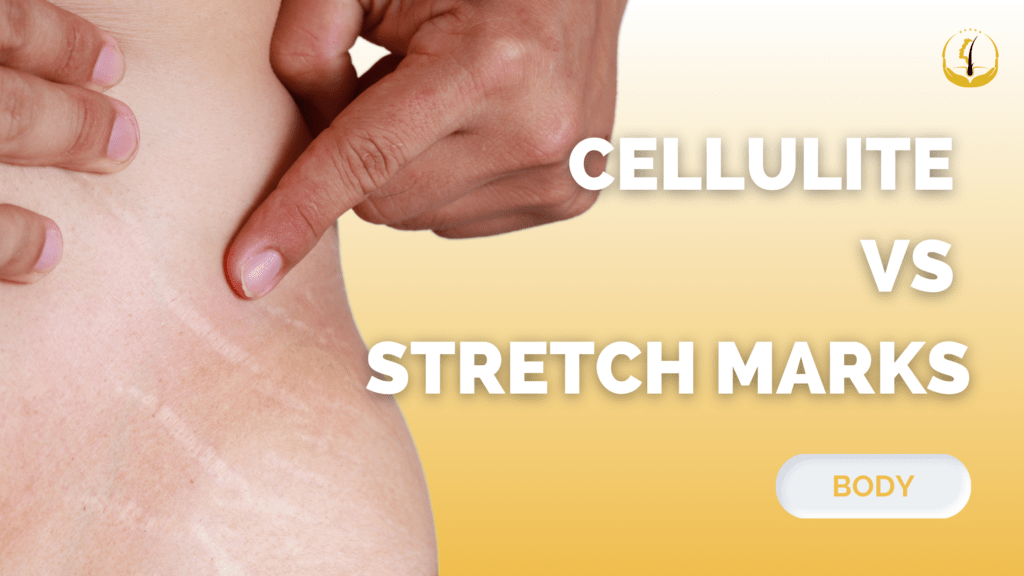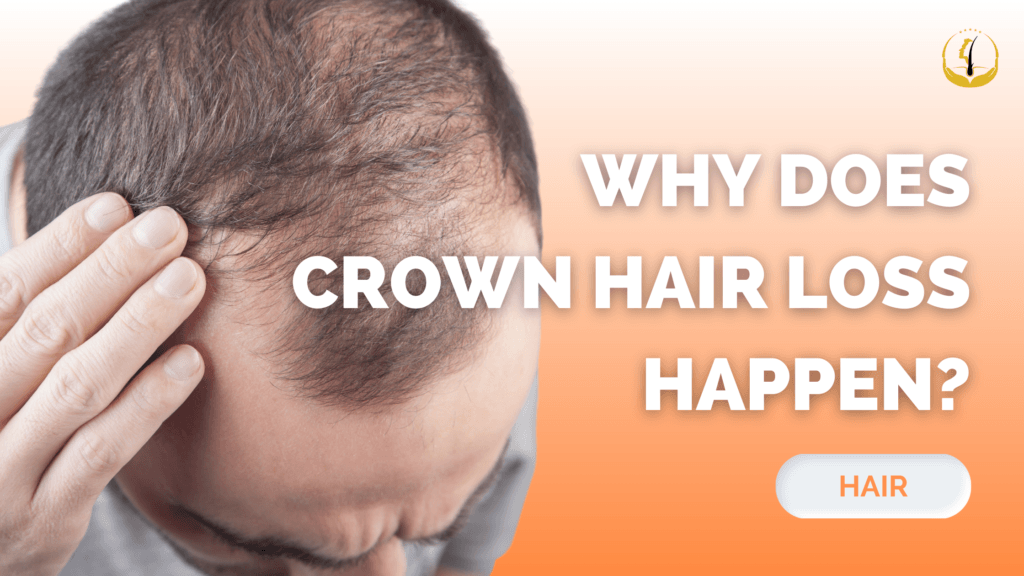Cellulite and Stretch Marks

Cellulite and stretch marks are two common skin concerns that many people deal with, yet they are often misunderstood and sometimes confused. While both can affect the appearance of your skin, they have distinct causes, characteristics, and treatment options. In this blog post, we will be exploring the differences between cellulite and stretch marks and […]
The Scientific Reasons Behind Male Pattern Hair Loss

Male pattern hair loss, scientifically termed androgenetic alopecia, is a prevalent condition affecting countless men globally. Though often considered an inevitable part of aging, the roots of this issue delve deeply into genetic and hormonal factors. This blog aims to unravel the scientific reasons behind male pattern hair loss, shedding light on the mechanisms that […]
Why Does Crown Hair Loss Happen?

Crown hair loss, often referred to as vertex baldness or male-pattern baldness, is a common challenge that can impact confidence and self-esteem. This distinct form of hair loss targets the crown area of the scalp, leaving individuals searching for answers. Let’s delve into the complexities of crown hair loss, examining its roots, prevalence, and viable […]

